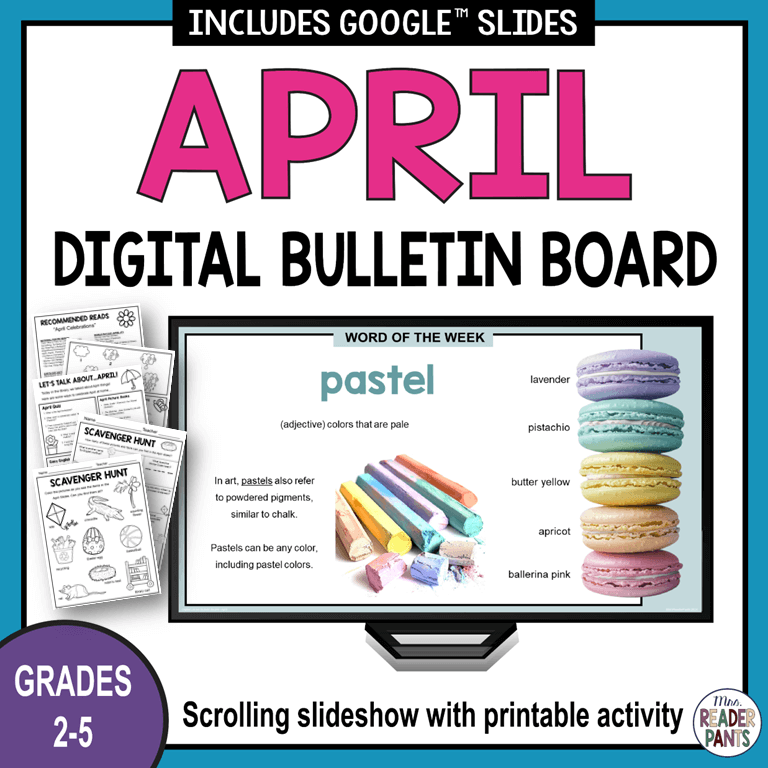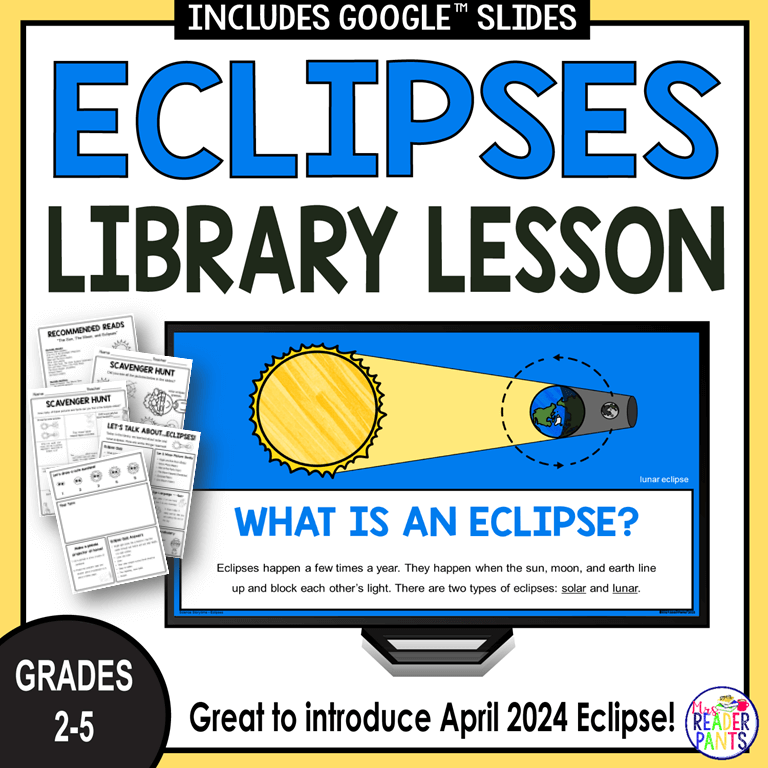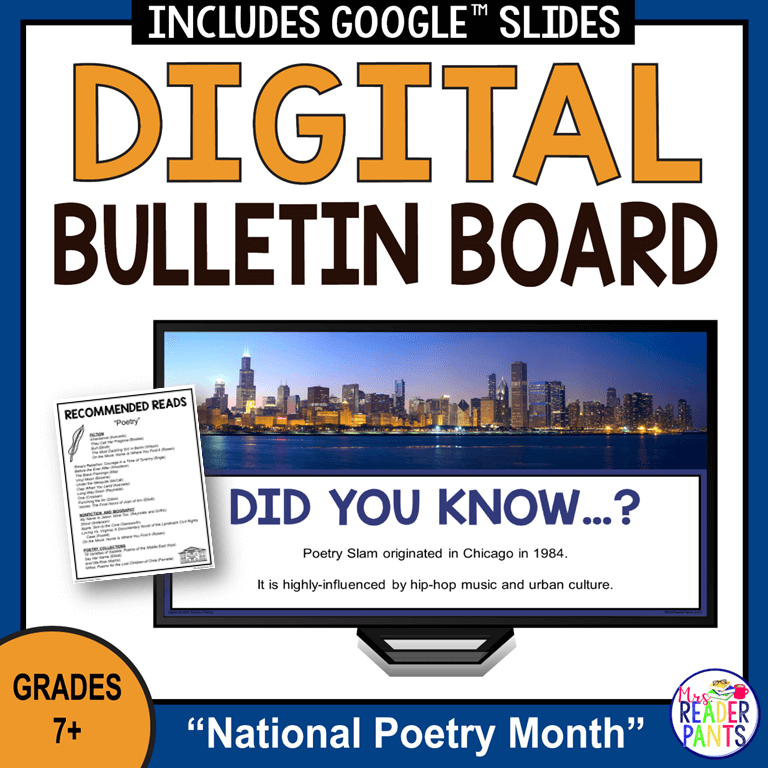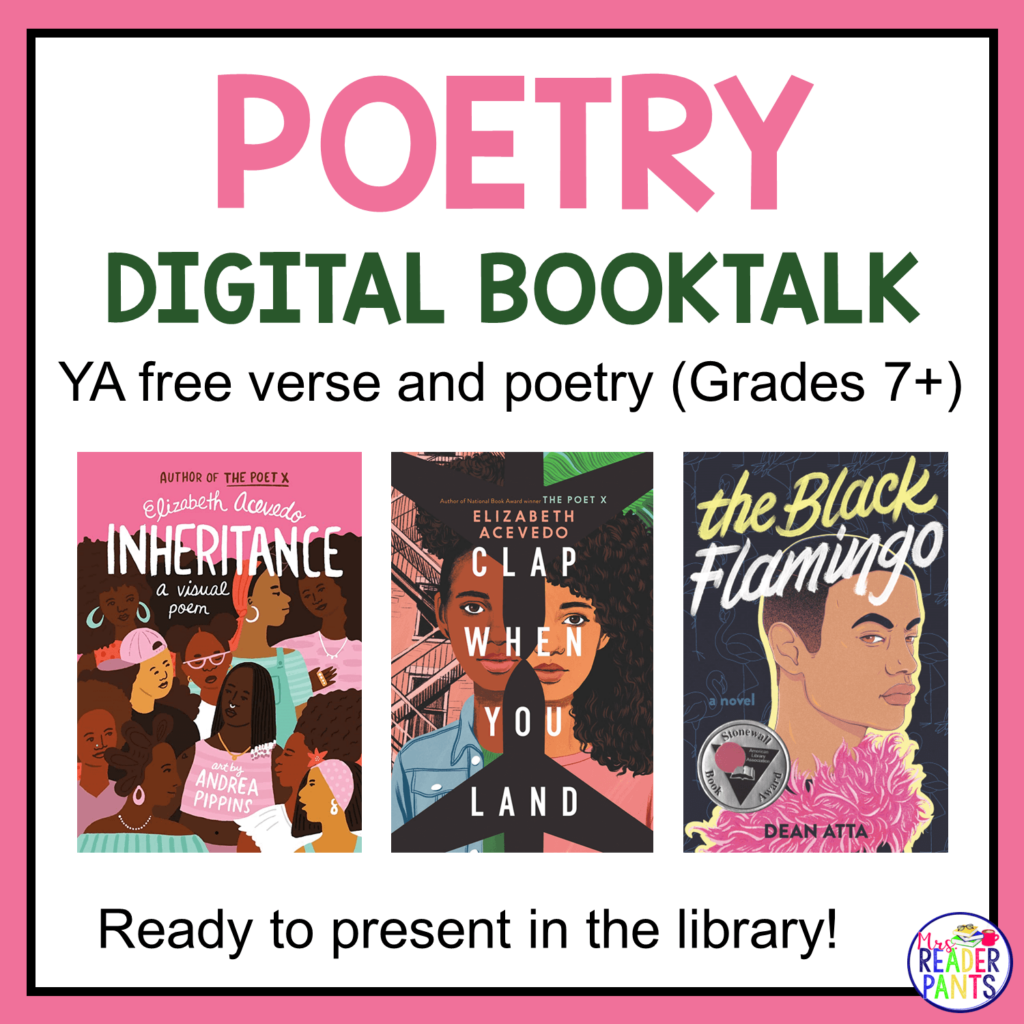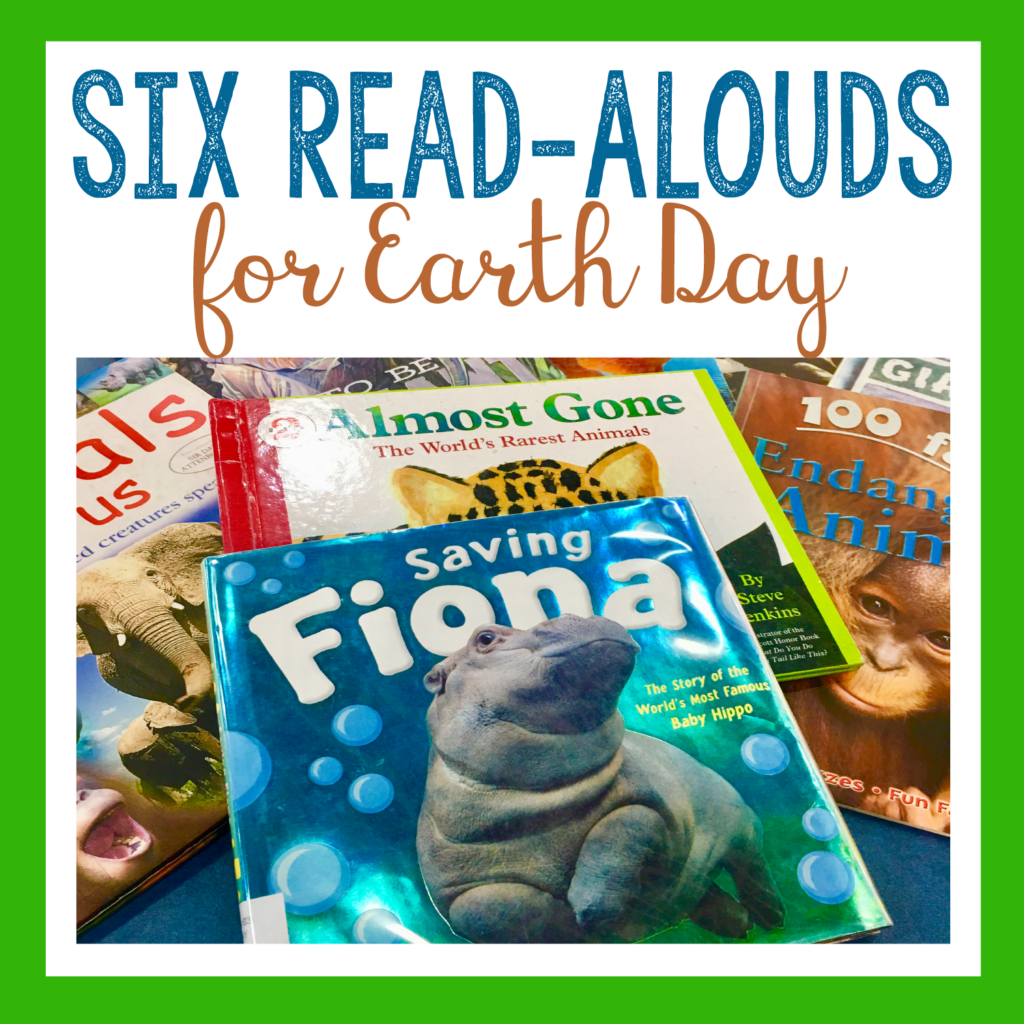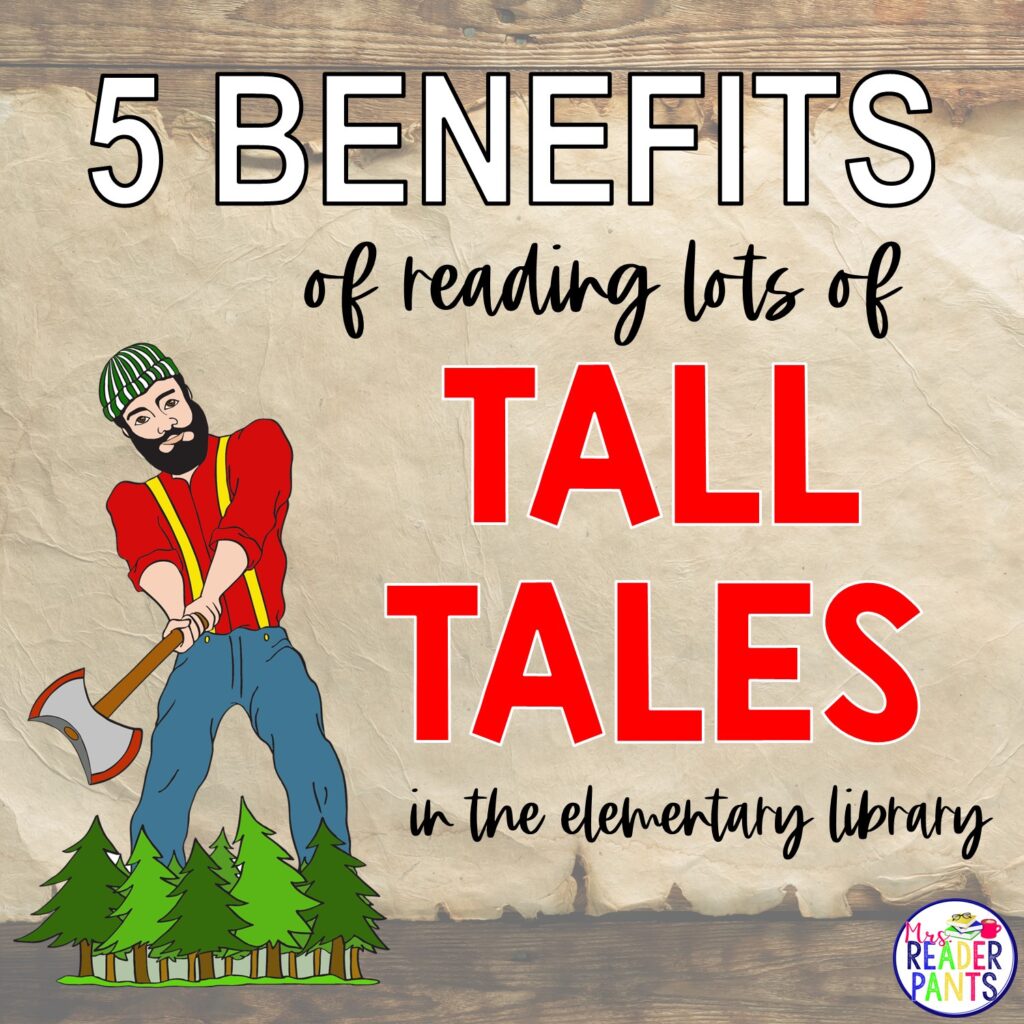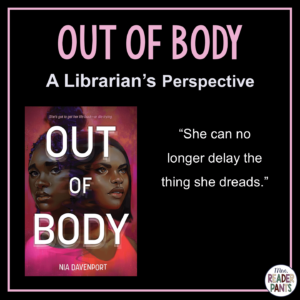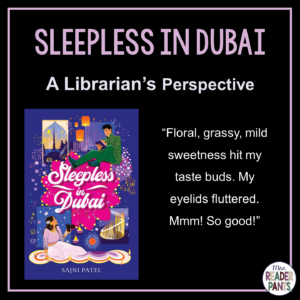School Days Around the World by Margriet Ruurs is perfect for the first day of school and for introducing international days. I live in China right now, and the China school described in the book is accurate to my experience as a teacher here. A solid addition to elementary libraries!

AUTHOR: Margriet Ruurs
ILLUSTRATOR: Alice Feagan
SERIES: none
PUBLISHER: Kids Can Press
PUBLICATION DATE: April 1, 2015 (reissued July 7, 2020)
ISBN: 978-1525305603
PAGES: 40
GENRE: nonfiction; picture book
GIVE IT TO: K-3
SUMMARY OF SCHOOL DAYS AROUND THE WORLD
A glimpse of school days in 13 countries around the world. Each 2-page spread introduces a new country and a child who tells about is or her own school day.
REVIEW OF SCHOOL DAYS AROUND THE WORLD
School Days Around the World is a good quick introduction to school in different countries. Because the school descriptions are not very comprehensive, this is best used as an introduction with very young readers.
Featured countries include: Cook Islands, Singapore, China, Kazakhstan, Ethiopia, Kenya, Turkey, Germany, Denmark, Venezuela, Honduras, USA, and Canada.
I like how the school days focus on similarities and differences rather than one school being “better” or “worse” than another. The children are all excited about their schools and happily tell about their teachers, uniforms, lunches, class size, transportation, and favorite subjects.
I love how the book discusses many different types of schools, not just public schools. There is an international school, a First Nations school, a homeschool, a boarding school, and several public schools.
Brightly-colored illustrations feature smiling, happy children and adults of various skin tones on clean white backgrounds. The upbeat illustrations convey a message that though their schools are different, children around the world enjoy going to school every day.
I must reiterate that this is best for younger students as a read-aloud or as a browsing book. Though it would be a great springboard for research on schools around the world, this book by itself is not intended for research. Obviously, one student’s school experience is not going to reflect all the different possible school situations that exist within a country, particularly when you consider schools in rural areas versus large cities.
ARE THE DESCRIPTIONS ACCURATE? MY EXPERIENCE IN CHINA…
I currently live about 50 km from Shanghai, China, where “Lu” goes to a Chinese public school in the story. The description of Chinese public schools in this area is accurate from what I have seen. I ride the city bus to school every day with Chinese children and adults going to school and work.
School uniforms are the norm here, and as in the illustrations, lots of children wear a red scarf/bandana tied around their necks. I only see this with school uniforms and never on children just wearing street clothes. The red scarf symbolizes a child’s participation in the Young Pioneers, which is sort of like Boy or Girl Scouts.
“Lu” tells us there are 43 students in his class. I asked a Chinese friend about class size in Chinese schools, and she said that 40 is about the average.
Further, “Lu” mentions the classical music that plays instead of a bell to signal the passing period. This is true! The school I work in is across the street from a Chinese public high school, and I’ve heard the classical music many times.
Last, “Lu” talks about badminton being his favorite sport at school. I can definitely attest to the popularity of badminton here. After 39 years in the USA, I have never played badminton in my life, but here in China, it seems to be quite popular. Ping pong, too.
I mention my China experience because there are no bibliographic notes in my advance review copy. There is a note in the back that says the children, parents, and schools featured in the book are real, but there no supporting research or resources beyond that. The Chinese school depicted is spot-on, which lends credibility to the other school depictions. Verifying the facts presented could be an interesting research idea for a class…
USES FOR TEACHERS/LIBRARIANS:
- HUMANITIES / SOCIAL STUDIES: Research schools in the featured countries. Are the stories in the book an accurate portrayal of schools in that country?
- HUMANITIES/SOCIAL STUDIES: Create a new book of schools in countries not mentioned in the book.
- HUMANITIES / SOCIAL STUDIES: Locate the featured countries on a map.
- MUSIC: Learn the traditional dances at the Canadian and Cook Islands schools featured
THE BOTTOM LINE
Best for younger readers and not as a research tool. A fun way to introduce/discuss schools in other countries.
STATUS IN MY LIBRARY
This is too young for my school (MS/HS), but I will recommend it for our Junior School Library. Our school has children from all over the world, and I would be interested to hear their take on this book.
READALIKES
- DK Readers L3: School Days Around the World (Chambers)
- Going to School Around the World (Meet Our New Student) (Koosman)
OTHER FEATURES IN SCHOOL DAYS AROUND THE WORLD
Presentation & layout: 5/5–simple layout, easy to look at, uncluttered, excellent use of space
Quality of information: 4/5–Only features one type of school in each country, which could mislead readers to believe all schools in that country are like that one. For example, the USA children are homeschoolers in Alaska. The vast majority of American school children attend either a public or private school; only a small percentage homeschool.
Photos/illustrations: 5/5–All pages are bright and colorful with smiling, happy children and adults. Children, teachers, and parents have at least three different skin tones.
Documentation of sources: 2/5–only a brief mention that the children and schools featured are real
Front and back matter: 4/5–Table of Contents organized by country, quotation from Malala Yousafzai at front, colorful world map showing each featured country and a smiling face of the child telling about his/her school, glossary of languages at end, multiple extension ideas for teachers and parent
Engrossing: 4/5–Cute, fun title that will foster discussion among young readers
Writing: 4/5–well-written; words used are neither too difficult or too easy for K-3 audience
Appeal to target audience: 4/5–Some students will pick this up for themselves; others will need their teacher, librarian, or parent to introduce them to it.
Appropriate length: 5/5–For target audience, this is short enough to be interesting and long enough to say a lot. I would love to see a version of this for older readers that is a bit more comprehensive.
MATURE CONTENT
No worries about content for younger readers.
- Language: none
- Sexuality: none
- Violence: none
- Drugs/Alcohol: none
- Other: none

